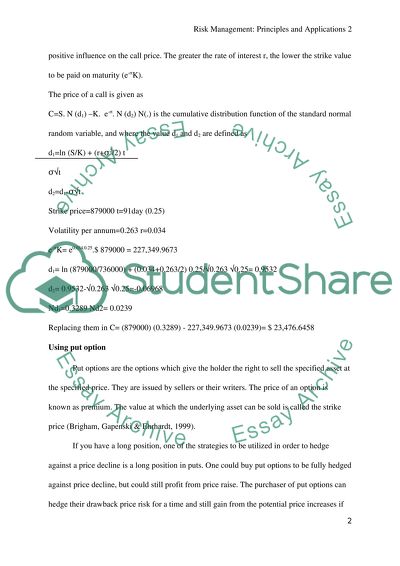Cite this document
(“Risk Management: Principles and Applications Assignment”, n.d.)
Retrieved from https://studentshare.org/finance-accounting/1401258-risk-management-principles-and-applications
Retrieved from https://studentshare.org/finance-accounting/1401258-risk-management-principles-and-applications
(Risk Management: Principles and Applications Assignment)
https://studentshare.org/finance-accounting/1401258-risk-management-principles-and-applications.
https://studentshare.org/finance-accounting/1401258-risk-management-principles-and-applications.
“Risk Management: Principles and Applications Assignment”, n.d. https://studentshare.org/finance-accounting/1401258-risk-management-principles-and-applications.


